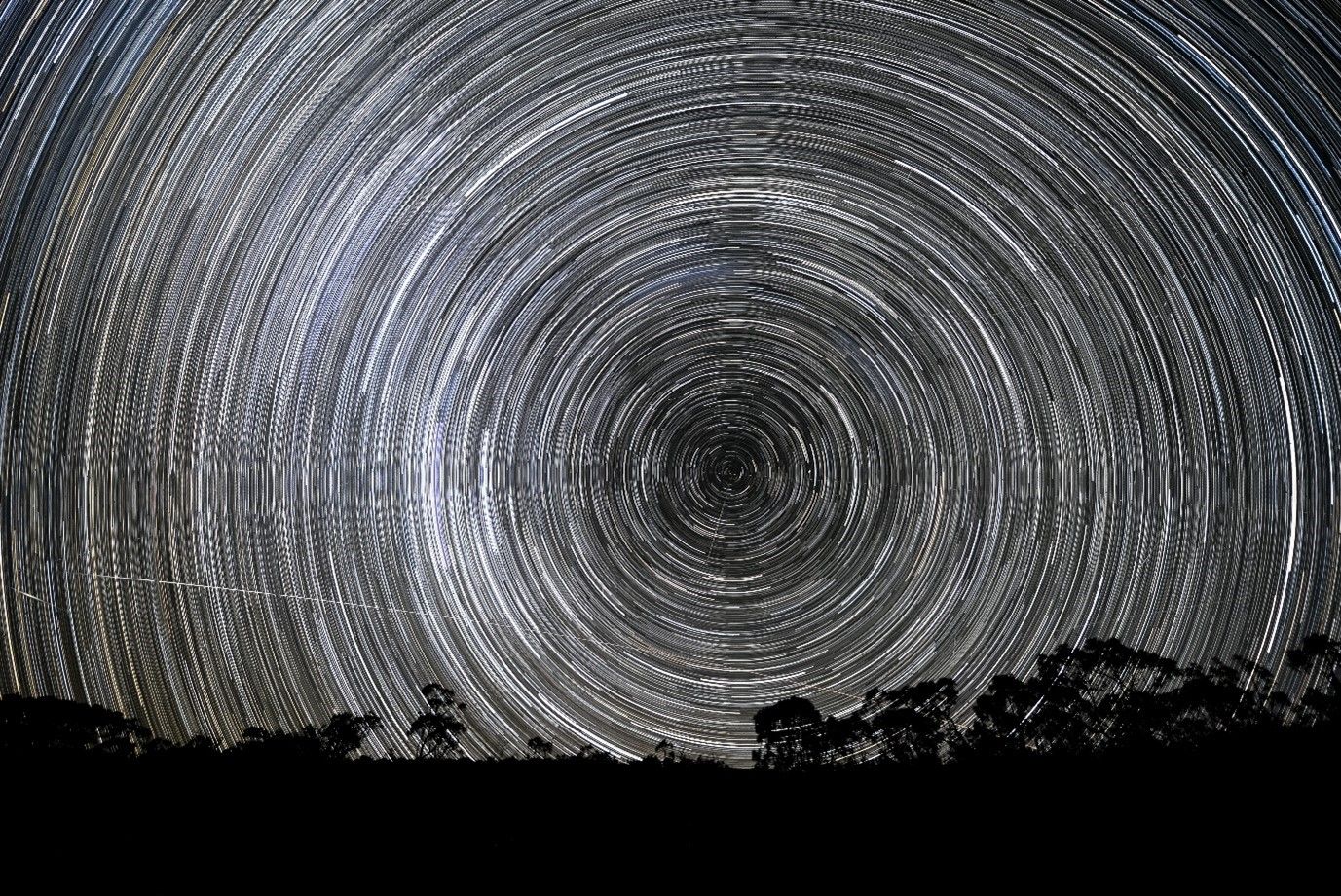Home/Curriculum resources/Indigenous astronomy and seasonal calendars /Activity – Examining seasonal calendars
Learning Area:
Humanities and Social Sciences
Year level:
Level 5
Suggested timing:
30-45 minute activity and discussion

Activity – Examining seasonal calendars
This activity is a part of the Indigenous astronomy and seasonal calendars resource.
Southern Trails. Photographer: Peter Lieverdink. Source: Flickr. License:CC BY-SA 2.0
Step by Step guide
Step 1: Discussion and Exploration of Indigenous Seasonal Calendars
Go to an internet search engine, search for Indigenous Seasonal Calendars and view the different calendars available online. If possible privilege your local area.
Students should compare calendars from two or more regions and discuss the below questions as a class:
What do these calendars focus on in relation to community needs? Food, water, weather?
How do these calendars help people live sustainably?
How are these resources linked to Aboriginal and Torres Strait Islander Peoples' connection to the land?
Do these calendars feature an astronomical component? If not, why?
Step 2: Examine and discuss two astronomical objects
Students can then examine two astronomical objects and discuss where they could be placed within the seasonal calendar.
The first is the Coalsack nebula, which is a dark space in the Milky Way next to the Southern Cross (they can read about it online).
A question to consider is:
When is it visible in the dawn sky from Bathurst and Melville Islands (Tiwi country)? (They can use Stellarium to examine this).
Teacher note: it is only visible during the wet season from November to March. Therefore, that would be a useful indicator of that season, which is noted in Tiwi traditions.
In Tiwi traditions, a group of star-women make their camp within the Coalsack. Since it is only visible during the wet season, they do not have any campfires. It’s also the reason the Coalsack doesn’t appear to have any stars in it.
The Tiwi see the stars of Orion (Daiimini) as a pack of dingoes who are chasing a mob of wallabies in the Pleiades (Karaka).
Questions for students to consider:
When are these stars first visible in the dawn sky?
What season does this link to?
How might wallabies and dingoes link to this season?
Teacher notes: the Pleiades rise at dawn in June. Pure dingoes generally breed from March to June, meaning the first litters are born in May and June, since the gestation period is about 9 weeks. Wallabies breed from January to February and give birth after 28 days. They stay in the pouch for another two months, meaning they start roaming about around May and June, the time dingoes are pursuing them for food.
Step 3: Class discussion
Teachers can discuss with the students the needs of the people reflected in the calendar, and how the stars can inform seasonal change related to animal behaviour.